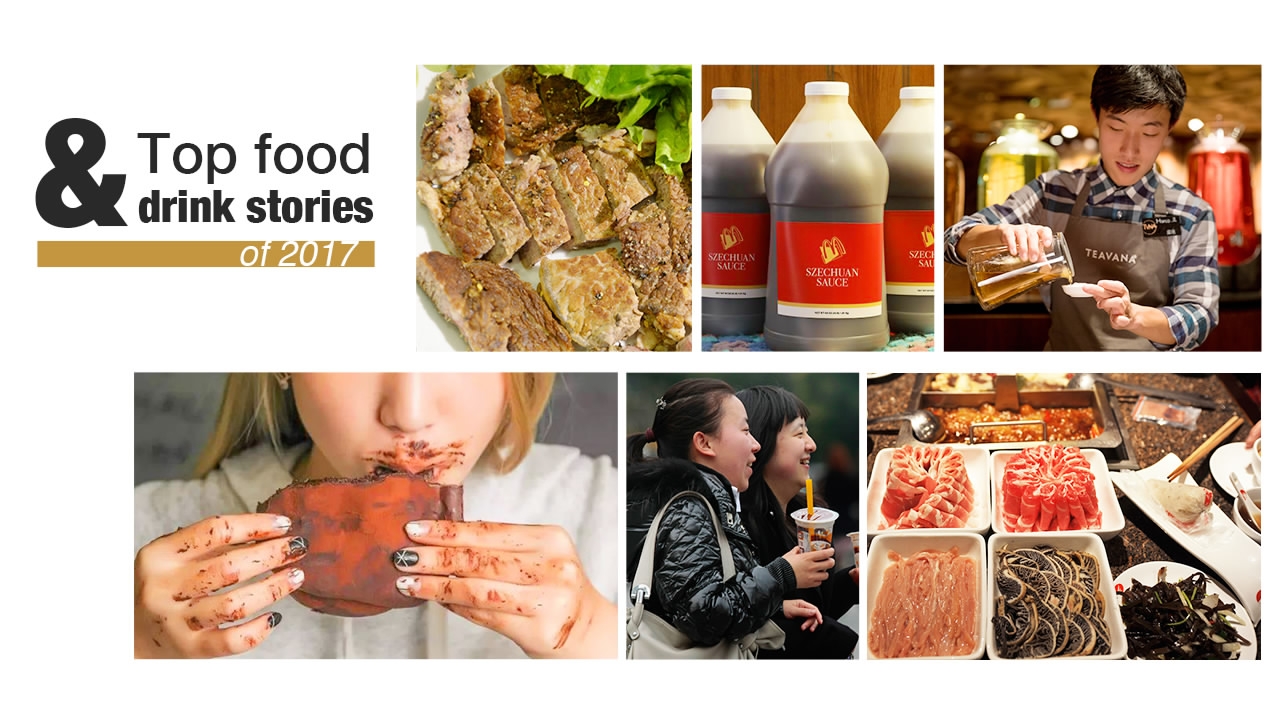2017, with its twists and turns, has almost come to an end. From "zang zang bao" in Beijing to Szechuan sauce in Newark, New Jersey, it was an interesting year in the world of food. CGTN has compiled a list of some of the top headlines.
McDonald's brought back the Szechuan sauce again
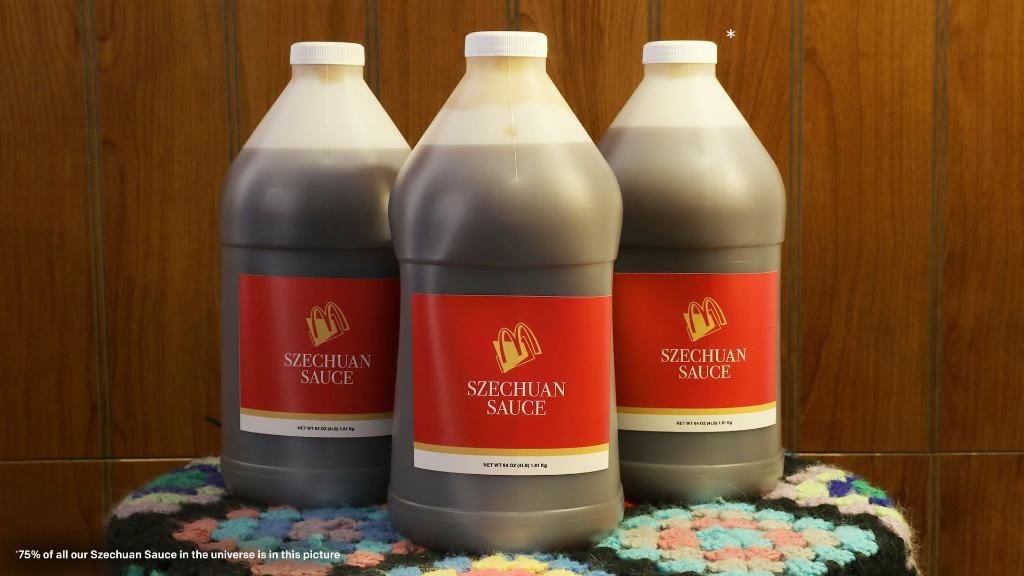
McDonald's brought back the Szechuan sauce. /Photo via McDonald's Twitter
McDonald's brought back the Szechuan sauce. /Photo via McDonald's Twitter
McDonald’s first launched the sauce back in 1998 to celebrate the release of the Disney movie "Mulan." Almost two decades later, the sauce returned to select McDonald’s locations in the US in early October.
However, it was so popular that some stores ran out the sauce in about 40 minutes. People even protested on the street, calling for more supplies.
A woman in Michigan even managed to find a person willing to trade her a 2000 Volkswagen Golf Mk4 for a single Szechuan sauce packet.

A woman in Michigan, US traded Szechuan sauce for a used car. /Photo via Huffingtonpost (Courtesy of Rachel Marie)
A woman in Michigan, US traded Szechuan sauce for a used car. /Photo via Huffingtonpost (Courtesy of Rachel Marie)
Dirty dirty bread

A girl eats "dirty dirty bread." /Photo via Baidu.com
A girl eats "dirty dirty bread." /Photo via Baidu.com
“Dirty dirty bread,” or “zang zang bao” in Chinese, was one of the most popular baked goods in China in 2017. The bread, basically a chocolate croissant, contains large amounts of chocolate inside and is covered with chocolate or cocoa power on surface.
It earned the nickname because it stains people’s hands, mouths and faces with chocolate when it's eaten. The bread first became popular when a bakery in Sanlitun – a popular destination for shopping and entertainment in Beijing – put it on sale.
People line up for hours outside of the bakery simply to get a bite, and plenty celebrities have posted shots of themselves trying the bread on social media.
Milk tea
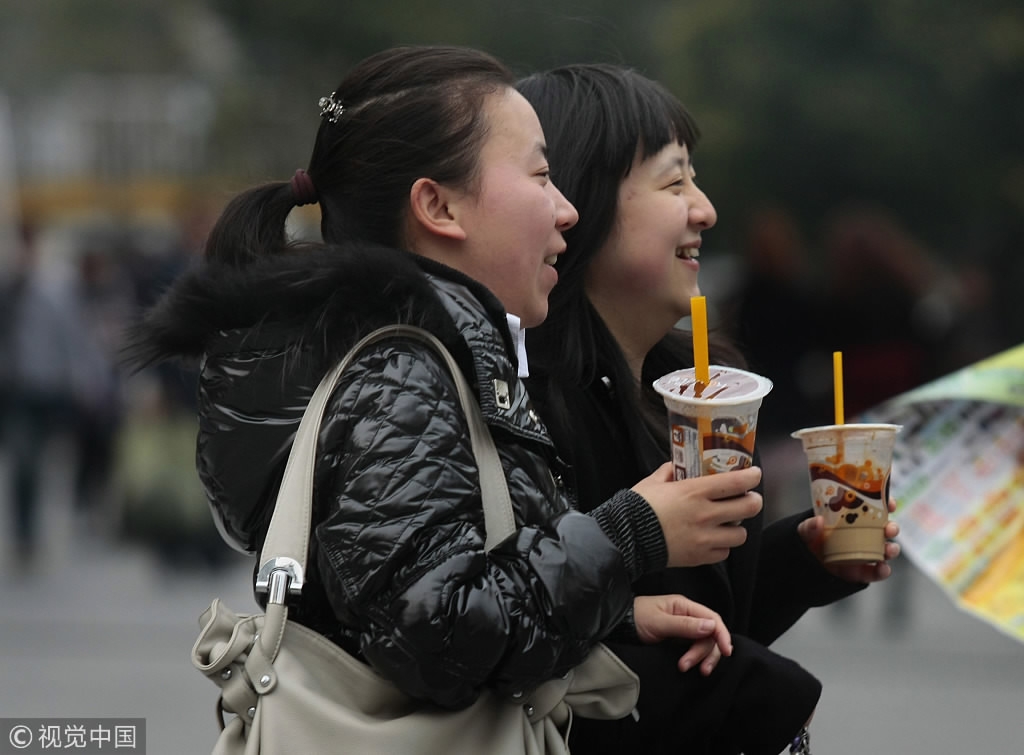
Milk tea became popular among Chinese people. /VCG Photo
Milk tea became popular among Chinese people. /VCG Photo
Chinese people are not only fans of tea, but also fans of milk tea.
Various findings have shown that a cup of milk tea can contain a meal’s worth of calories or the caffeine equivalent of eight cans of Red Bull. However, customers weren't discouraged by the findings. Instead, in 2017, it was common to see long queues in front of milk tea stores across the country, especially in big cities like Shanghai and Beijing.
A cup of milk tea paired with a piece of “dirty dirty bread” sounds like a perfect combination – as long as you don’t mind the calories.
Starbucks Reserve Roastery opened in Shanghai
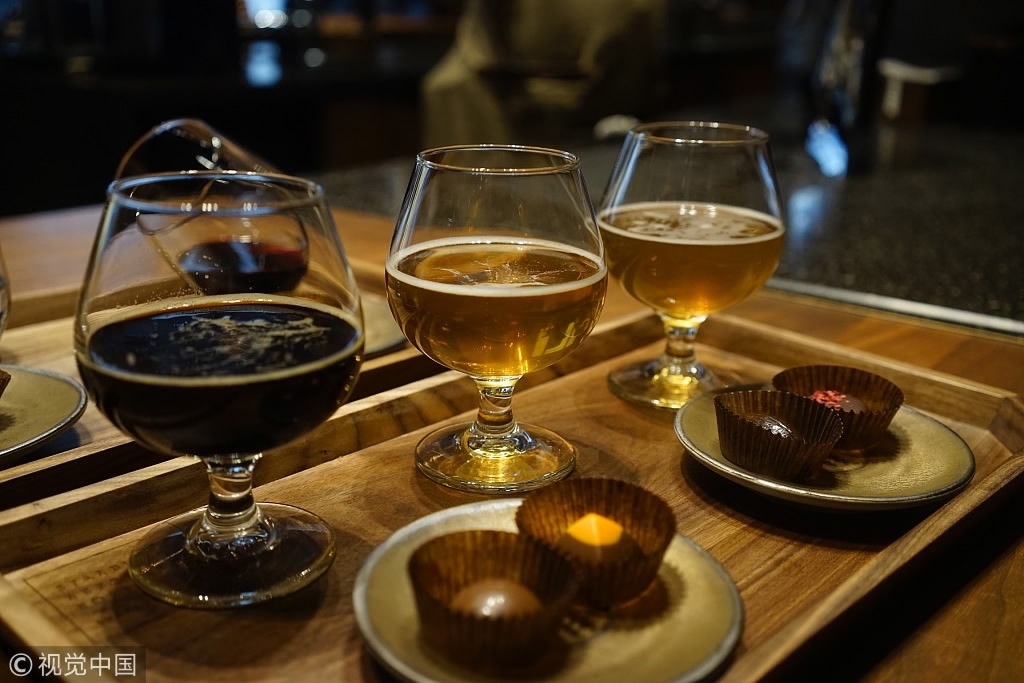
Starbucks Reserve Roastery opened in Shanghai. /VCG Photo
Starbucks Reserve Roastery opened in Shanghai. /VCG Photo
The American coffeehouse chain opened a fully immersive coffee experience store in Shanghai on December 6. Starbucks Reserve Roastery was created three years after the inaugural Seattle Roastery.
In the 30,000-square-foot building, customers are greeted by a two-story copper cask, adorned with more than 1,000 traditional Chinese chops, or stamps, hand-engraved to narrate the story of Starbucks and coffee.
As part of their experience, customers can visit many attractions, including one of three coffee bars offering multiple brewing methods and explore specially-crafted teas at the 3-D printed tea bar.
China lifted its ban on imported US beef
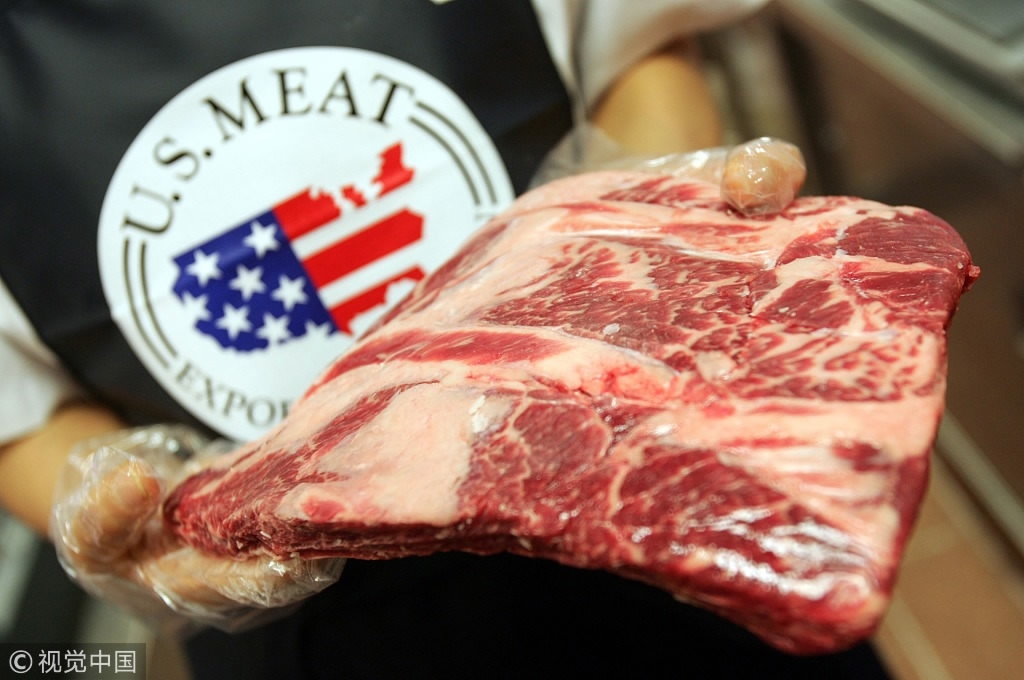
China lifted a 13-year-old ban on US beef imports. /VCG Photo
China lifted a 13-year-old ban on US beef imports. /VCG Photo
American steak returned to the menu in China after the Chinese government lifted a 13-year-old ban on US beef imports.
According to the agreement, American beef and beef products exported to China must come from cattle less than 30 months of age, and the cows must be traceable to the farms on which they were born in the US; chilled or frozen bone-in and deboned beef products are also eligible for shipment.
China imposed a ban on US beef in December 2003 after mad cow disease was found in US cattle. Before the ban, the US was China's largest supplier of imported beef.
Chinese hotpot chain Haidilao stuck in hygiene scandal
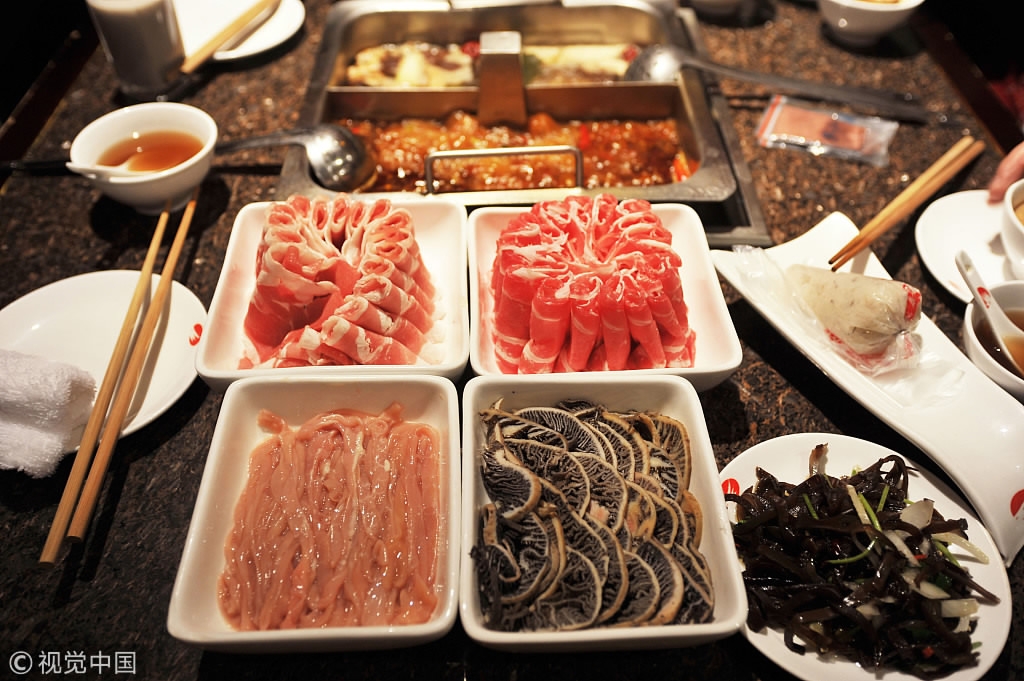
A branch of the Chinese hotpot chain Haidilao in Beijing. /VCG Photo
A branch of the Chinese hotpot chain Haidilao in Beijing. /VCG Photo
Chinese hotpot chain Haidilao has long been famous for its good service and fresh food.
However, undercover journalists from Legal Evening News reported in August that in its Taiyanggong and Jinsong outlets, rats were found in the kitchens and the staff used plates and cutlery being washed together with brooms and dirty cloths.
After months of rectification, the company now offers a live stream video feed from their kitchens to customers who wish to keep an eye on how their food is being prepared. The service has been launched in 27 branches in Beijing.

